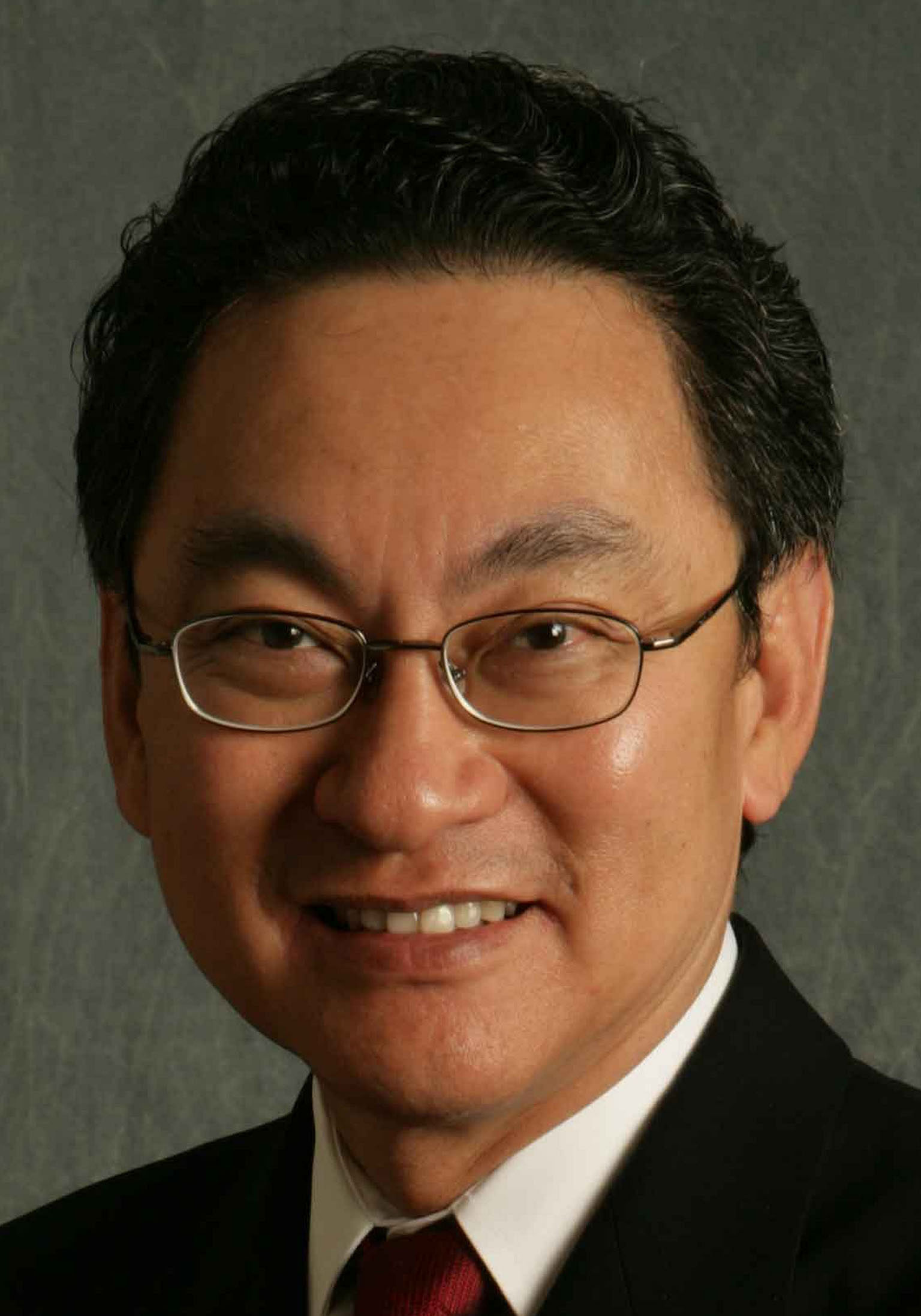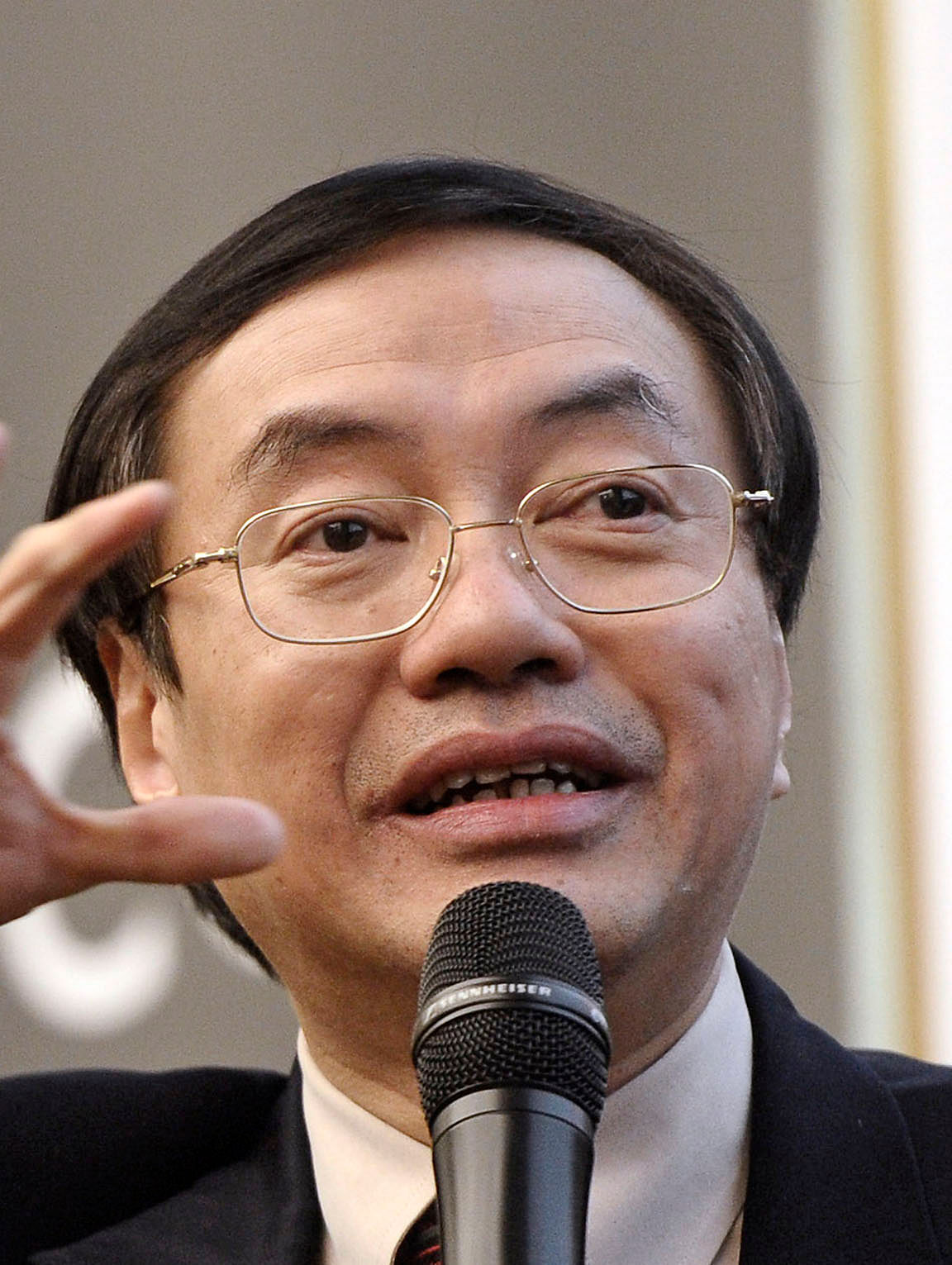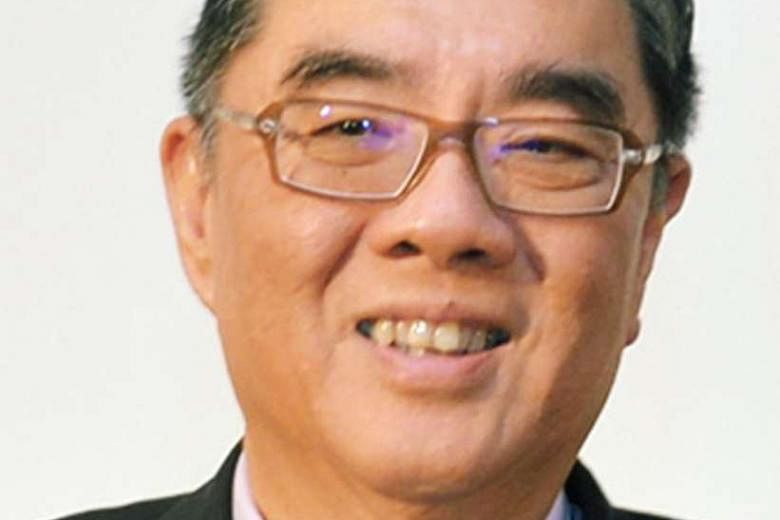Ambassador-at-Large Ong Keng Yong misses the good old days when Singapore, Malaysia and Thailand, with support from other Asean members, led the way in opening up the region economically.
The veteran diplomat, who was Asean secretary-general from 2003 to 2008, singles out the South China Sea issue as a hindrance to regional cooperation.
"I don't see Asean having that kind of business-oriented leadership we had 20 years ago," he says. "People are distracted by all kinds of political problems and domestic issues these days, and it seems every meeting is being overshadowed by what is happening in the South China Sea. This kind of atmosphere is very corrosive."
The South China Sea dispute involves competing territorial and maritime claims by China and four Asean members - Brunei, Malaysia, the Philippines and Vietnam.
Dr Felix Tan of SIM Global Education shares Mr Ong's concern. To him, the ability of more powerful states to influence the political direction of certain Asean member states "clearly demonstrates the extent to which domestic interests outweigh regional integration".

Asean, he says, "needs to make a much stronger effort to stay unified despite the imminent threat from certain states to 'divide and conquer' this organisation".
Associate Professor Tan Khee Giap of the Lee Kuan Yew School of Public Policy says the South China Sea dispute shows that big powers - China, Japan, the United States, Australia, India - regard South-east Asia as important and seek influence in the region. That can be an opportunity for Singapore if "we play our cards right", he says.
But if the dispute were to escalate into serious flashpoints, the consequences could be dire, he warns, adding: "This could cause friction and even a partial war among the major powers, and then all of this regional economic integration will disappear, because then the foreign investments will not come.
"This is why Asean members must sit together and think rationally and sensibly about how to address the issue."
Besides the uncertainties at sea, there are certain gaps on land that hold up the movement of goods and services. Veteran businessman Koh Boon Hwee spells them out. "It will take more than just political will to make the Asean Free Trade Area happen. The infrastructure has to go along with it," he says, referring to the agreement that aims to eliminate tariffs and non-tariff barriers in trade among Asean members.
"You want to be able to move goods from point A to point B, but if the port infrastructure or the transportation system isn't there to help move the goods, it's not going to work. We still have constraints across broad geographies - transportation, communications, flow of capital. These are all very fundamental infrastructural needs that we will need to do better in, to be able to handle the increase in intra-Asean trade," he adds.

-
Fast Forward series
-
With Singapore firmly focused on the Future Economy, The Straits Times' series, Fast Forward: Disruption and the Singapore Economy, helps you make sense of the big shifts that will shake up entire sectors, reshape jobs and change lives. Every Saturday for 12 weeks, the paper's journalists will examine a disruptive force, its likely impact on the economy and how soon that will be felt: from robotics, 3D printing and smart buildings to dire demographic trends, the global skills revolution and the Asean growth story.
Next week, find out more about Singapore's ageing and shrinking workforce.
Another key challenge, says Associate Professor Lawrence Loh, director of the Centre for Governance, Institutions and Organisations at NUS Business School, is finding the optimal level of integration.
Benefits aside, there will inevitably be "thorny issues" brought about by the mobility of labour and movement of productive functions to the locations with lower costs, he notes.
"The combined effect of immigration and outsourcing will affect the livelihood of people in any country," he says.
"The difficulty is really to balance the economic benefits with the socio-political costs."
What might Singapore's role be in helping Asean clear these road blocks?
Prof Tan does not think Singapore can lead from the front. "Singapore can play a constructive role by giving ideas - which is what we do best - and helping to push the agenda for regional integration. But leave the limelight to the big boys. We're a little red dot," he says.
That said, Singapore, as one of the more stable economies in Asean, will continue to be the link between the region and the Western world, in particular, Europe and the US, adds SIM Global Education's Dr Tan.
"Given Singapore's political stability, economic development and open-door policy, many in the West will continue to use Singapore as the hub for transactions and pathways into the Asean market."
Jacqueline Woo





